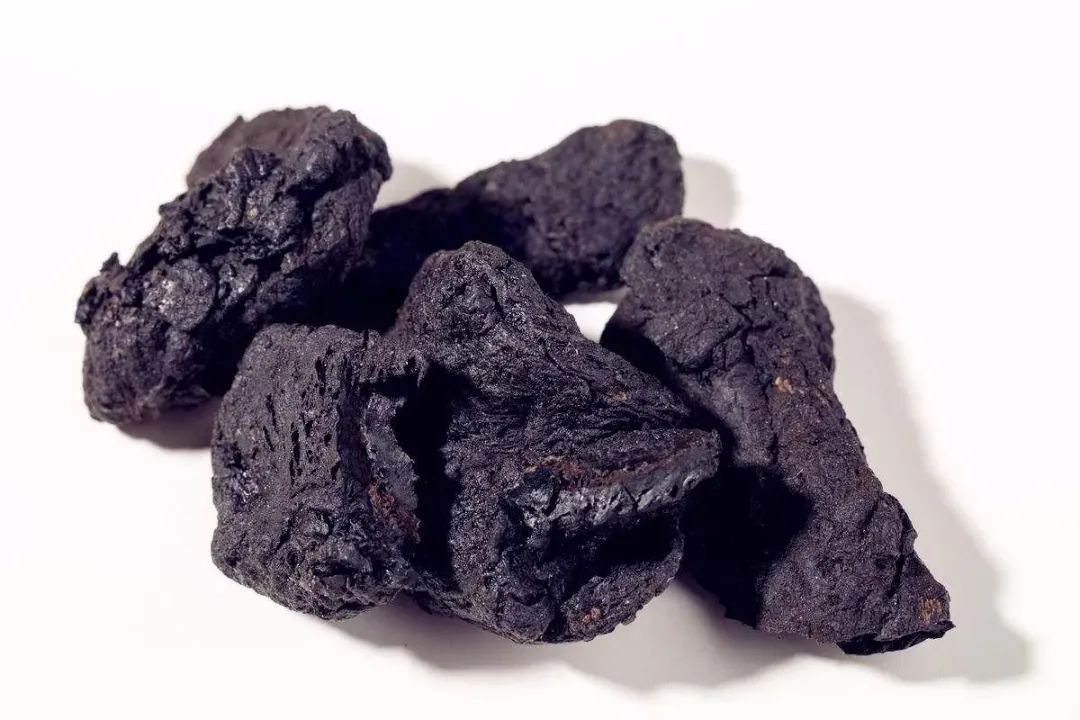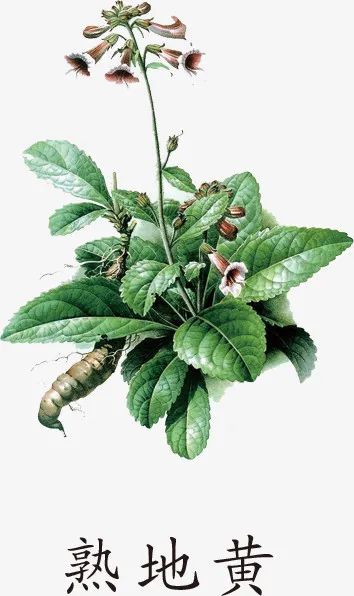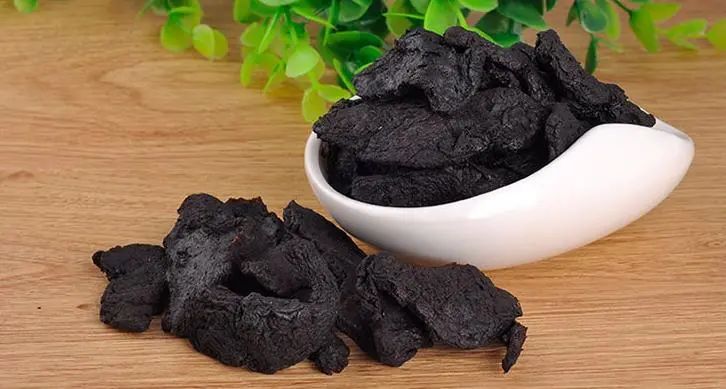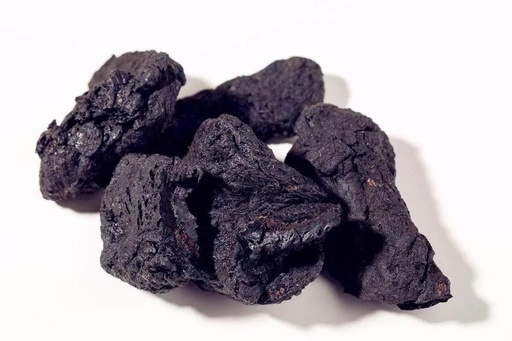Before reading this article, please click on the blue text above“Herbal Remedies Collection”, then click“Follow”, so you can continue to receive articles for free.
【Disclaimer】: Articles reproduced from other platforms or media will be noted with the source and author, but this platform does not provide any express or implied guarantee regarding the accuracy, reliability, or completeness of the content, and is for reference only. If there is any infringement, please contact this platform and provide relevant proof of the page, and this platform will correct the source and author or delete the article based on the copyright owner’s opinion, and will not bear any other responsibility.
Rehmannia glutinosa is a traditional Chinese medicinal herb known for its nourishing properties. It can replenish qi and blood, alleviate deficiencies in the body, and enhance vitality, significantly benefiting overall health and physical constitution. However, how should Rehmannia glutinosa be consumed to maximize its health benefits? Let’s explore its effects and usage methods in detail below.

The Effects and Functions of Rehmannia Glutinosa
1. Nourishing the Body
Rehmannia glutinosa is a highly nutritious medicinal herb, rich in alkaloids, glucose, and sucrose, and contains a significant amount of arginine and vitamins. Consuming it allows for rapid absorption and utilization of its nutrients, which can nourish and alleviate physical weakness, enhancing human physical constitution and effectively addressing deficiencies in essence and blood.
2. Cardiovascular Protection
Rehmannia glutinosa has a notable protective effect on human cardiovascular health. It enhances the antioxidant capacity of the cardiovascular system, purifies the blood, and reduces blood viscosity. Regular consumption can prevent thrombosis and stroke, and improve heart function, preventing adverse symptoms such as myocardial infarction and ischemia.

How to Consume Rehmannia Glutinosa
1. Infused in Alcohol
Rehmannia glutinosa can be infused in alcohol. When preparing the infusion, it is best to pair it with appropriate amounts of Angelica sinensis (Dang Gui), Astragalus membranaceus (Huang Qi), and Lycium barbarum (Goji Berries). After washing and drying them, place them in a large clean glass jar, pour in high-purity grain alcohol, and add an appropriate amount of rock candy. Shake well and seal for infusion. After one day, the medicinal wine will be ready for consumption, with a recommended dosage not exceeding 50 grams per intake.
2. Stewed with Chicken
Rehmannia glutinosa can also be used to stew chicken, especially when using old hens for soup. Adding an appropriate amount of Rehmannia glutinosa enhances the nutritional value of the soup and makes the stewed chicken more flavorful. When stewing chicken with Rehmannia glutinosa, you can also add appropriate amounts of Codonopsis pilosula (Dang Shen), Atractylodes macrocephala (Bai Zhu), and Glycyrrhiza uralensis (Gan Cao), as well as Angelica sinensis (Dang Gui) to further enhance the nourishing effects. Rehmannia glutinosa can be used to stew various meats, including chicken wings, dog meat, or beef.
Rehmannia glutinosa (《本草图经》)

It is the root of the plant Rehmannia, processed and prepared. It is sweet and slightly warm. It has the functions of nourishing blood, enriching yin, and replenishing essence and marrow. The polysaccharides contained in this herb have significant immunosuppressive and anti-tumor activities, promoting T lymphocyte activation, directly killing tumor cells, and enhancing the production of various lymphokines by T lymphocytes to exert anti-tumor effects. This herb also has notable effects such as cardiotonic, diuretic, hepatoprotective, blood sugar-lowering, anti-proliferative, anti-exudative, anti-inflammatory, antifungal, and radioprotective properties.
【Dosage and Administration】Oral: Decoction, 10-30g. It is advisable to use it with spleen and stomach tonics such as Citrus reticulata (Chen Pi) and Amomum villosum (Sha Ren). The charred form of Rehmannia glutinosa is used for stopping bleeding.
【Cancer Treatment Efficacy】Clinically, it is commonly used to treat lung cancer, esophageal cancer, gastric cancer, breast cancer, bone tumors, multiple myeloma, leukemia, malignant lymphoma, and brain tumors, particularly in cases of liver and kidney yin deficiency.
1. Lung Cancer
Sheng Di Huang (Raw Rehmannia) and Shu Di Huang (Cooked Rehmannia) each 15g, Asparagus cochinchinensis (Tian Dong), Ophiopogon japonicus (Mai Dong), and Scrophularia ningpoensis (Xuan Shen) each 12g, Astragalus membranaceus (Huang Qi) and Codonopsis pilosula (Dang Shen) each 20g, and others. Decoction for oral administration. (Shanghai Municipal Hospital of Traditional Chinese Medicine formula)
2. Esophageal Cancer
Shu Di Huang 50g, Cinnamon powder 5g, Ephedra 2.5g, Cervi Cornu Colla (Lu Jiao Jiao) 15g, White mustard seed 10g, Charred ginger 2.5g, Raw licorice 5g. Decoction for oral administration, one dose per day. (《抗癌良方》)
3. Gastric Cancer
Shu Di Huang, Salvia miltiorrhiza (Dan Shen), Lycium barbarum (Gou Qi Zi), and prepared Polygonum multiflorum (He Shou Wu) each 15g, Codonopsis pilosula (Dang Shen), Astragalus membranaceus (Huang Qi), and Poria cocos (Fu Ling) each 12g, Atractylodes macrocephala (Bai Zhu), Chinese yam (Huang Shan Yao), Cervi Cornu (Lu Jiao), Angelica sinensis (Dang Gui), and White Peony (Bai Shao) each 9g, and roasted licorice 3g. Decoction for oral administration. (《抗癌植物药及其验方》)
4. Multiple Myeloma
Sheng Di Huang and Shu Di Huang each 15g, Chinese yam 12g, Poria cocos 12g, Ligustrum lucidum (Nu Zhen Zi) 30g, Cuscuta chinensis (Tu Si Zi) 30g, Paeonia lactiflora (Mu Dan Pi) 12g, Red peony and white peony each 9g, Corydalis yanhusuo (Yan Hu Suo) 9g, White vine (Bai Lian) 30g, Atractylodes macrocephala (Bai Zhu) 15g, Dandelion (Pu Gong Ying) 30g, and Chicken Blood Vine (Ji Xue Teng) 15g. Decoction for oral administration. [Journal of Integrated Traditional and Western Medicine, 1986, 6(9): 552]
5. Acute Non-Lymphocytic Leukemia
Shu Di Huang, Poria cocos, Astragalus membranaceus, Hedyotis diffusa (Bai Hua She She Cao), Solanum nigrum (Long Kui), Sophora flavescens (Shan Dou Gen), and Lithospermum erythrorhizon (Zi Cao) each 30g, Chinese yam 15g, Cornus officinalis (Shan Zhu Yu), Cistanche deserticola (Rou Cong Rong), Morinda officinalis (Ba Jiao Tian), Psoralea corylifolia (Bu Gu Zhi), Ginseng (or Codonopsis pilosula), Ophiopogon japonicus, and Schisandra chinensis (Wu Wei Zi) each 10g, and Angelica sinensis 6g. Decoction for oral administration. [Journal of Integrated Traditional and Western Medicine, 1985, 5(9): 542]
↓《民方推荐》6. Malignant Lymphoma
Shu Di Huang 30g, Cinnamon and licorice each 3g, Ephedra and roasted ginger each 1.5g, Cervi Cornu (Lu Jiao Jiao) (melted in aged wine) and Pinellia ternata (Ban Xia) each 9g, White mustard seed (stir-fried and ground) 5g, and Chen Pi 6g. Decoction for oral administration. [Shanghai Journal of Traditional Chinese Medicine, 1984, (9): 7]
7. Brain Tumor
① Sheng Di Huang and Shu Di Huang each 10g, Cornus officinalis 15g, Chinese yam 10g, Alisma orientale (Ze Xie) 10g, Poria cocos 10g, Chrysanthemum morifolium (Ju Hua) 10g, Achyranthes bidentata (Huang Niu Xi) 10g, Uncaria rhynchophylla (Gou Teng) 10g, White peony 15g, Xuan Shen 15g, Raw oyster shell 30g, Lycium barbarum 12g, Raw tortoise shell 20g, Ligustrum lucidum 15g, and Raw red ochre 20g. Decoction for oral administration. (《中医肿瘤学》)② Shu Di Huang, Dragon’s blood (Xue Jie), and Mother-of-pearl (Zhen Zhu Mu) each 20g, Red peony, white peony, and Angelica sinensis each 15g, Sparganium stoloniferum (San Leng) and Curcuma zedoaria (E Zhu) each 12g, Peach kernel 10g, Acorus calamus (Shi Chang Pu) 5g, Chuanxiong (Chuan Xiong) 3g, and Musk (She Xiang) 0.3g (swallowed). Decoction for oral administration. (《抗癌植物药及其验方》)
The above content is sourced from the internet,for reference only,infringement will be deleted!Please follow the doctor’s advice! Do not self-medicate! Be the first to collect and share with friends,the more people see it, the more health benefits!
Be the first to collect and share with friends,the more people see it, the more health benefits!

